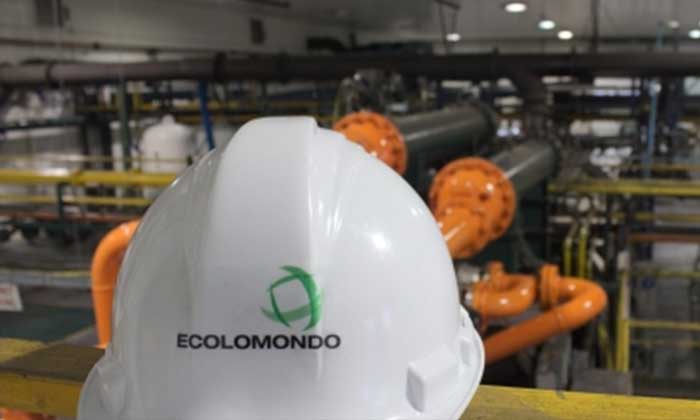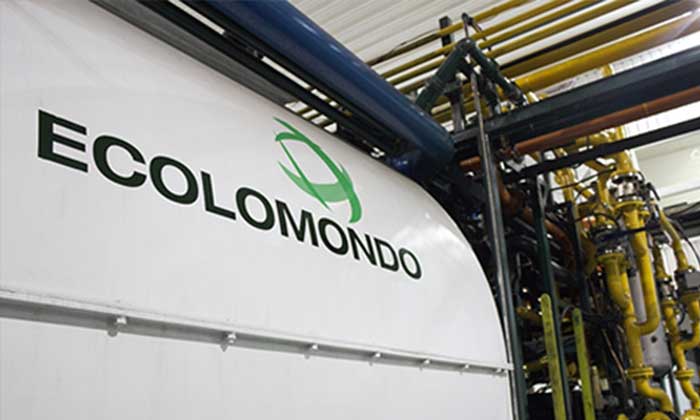Circular economy roadmap for tyres developed by Australia’s national science agency
Australian online magazine Waste Management Review reports that a new roadmap released by Australia’s national science agency, CSIRO, has developed key strategies for creating jobs and reclaiming billions in economic value from tyres plastic, glass and paper currently going into landfill.
The National Circular Economy Roadmap found innovation is crucial to realising Australia’s largest economic gains, which will come from designing new products and materials, including through advanced manufacturing, and in embracing new business models that will create domestic and export markets for waste streams.
This could more than triple job creation from resource recovery in Australia, where the recycling sector currently generates 9.2 jobs per 10,000 tonnes of waste, compared with only 2.8 jobs for the same amount of waste sent to landfill.
According to the report, increasing Australia’s recovery rate by just five per cent would add an estimated $1 billion to GDP.
CSIRO Chief Executive, Larry Marshall, said science and technology can drive Australia’s next wave of economic opportunities.
“Australia is among the world’s best in advanced manufacturing and environmental research, and that unique science can turn industry and environment into partners by making sustainability profitable,” he said.
“Science can transform our economy into a circular one that renews and reuses what we previously discarded, and indeed a virtuous circle that creates higher paid jobs, advances new Australian technology, and protects our environment.
“We’re on a mission to make it real. The practical path laid out in this roadmap is part of CSIRO’s mission-led focus on using science to solve our greatest challenges while driving our economic recovery and building future resilience.”
The roadmap aligns with a number of circular economy missions being developed by CSIRO and partners in industry, universities and government, including a mission to end plastic waste, a mission to transform Australian mineral commodities into higher-value products, and a mission to transition to net zero emissions.
Project leader Heinz Schandl said the roadmap was commissioned by the Federal Department of Industry, Science, Energy and Resources and developed in collaboration with 83 industry, research and government partners to shape a circular economy strategy for Australia to address fundamental environmental issues and foster regional employment.
“Our traditional ‘take-make-dispose’ consumption pattern is hitting two walls: ever-more-expensive primary materials, and ever-more-unacceptable ways of dealing with waste,” Schandl said.
“The global pandemic has disrupted global supply chains which challenges Australia to be self-sufficient with sovereign manufacturing capability.”
The roadmap identifies six elements for moving towards a circular economy of plastics, paper, glass and tyres:
- Retain material through use and collection
- Upscale and innovate recycling technologies
- Innovate and collaborate in design and manufacture
- Develop markets for secondary materials and the products that use them
- Streamline nationally consistent governance
- Secure a national zero waste culture
Article by Waste Management Review.
Weibold is an international consulting company specializing exclusively in end-of-life tire recycling and pyrolysis. Since 1999, we have helped companies grow and build profitable businesses.









